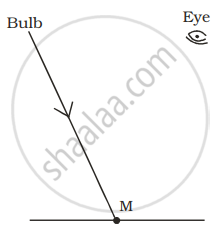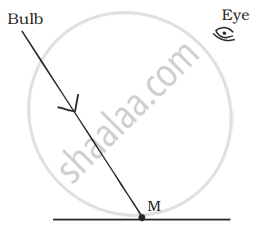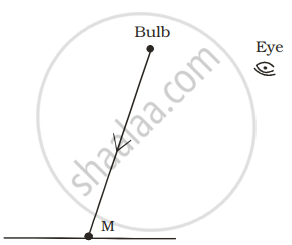Advertisements
Advertisements
Question
Mention if the following statement is true (T) or false (F) Give reason.
Sometimes medicines dropped into the eyes come into the nose and even throat
Options
True
False
Solution
True
APPEARS IN
RELATED QUESTIONS
Myopia is an example of ______.
How does the eye adjust to take account of an increase in brightness?
Fill in the following blank with suitable word:
The part of eye which alters the size of the pupil is............
If you walk from a dark room into sunlight and back again into dark room, how would your pupils alter in size? What makes this happen?
An object is moved closer to an eye. What changes must take place in the eye in order to keep the image in sharp focus?
Fill in the following blank with suitable word:
Having two eyes gives a ................field of view.
Among animals, the predators (like lions) have their eyes facing forward at the front of their heads, whereas the animals of prey (like rabbit) usually have eyes at the sides of their head. Why is this so?
With reference to the functioning of the eye, answer the question that follow:
Name the two structure in the eye responsible for bringing about the change in the shape of the lens.
We see advertisements for eye donation on television or in newspapers. Write the importance of such advertisements.
Differentiate between:
Retina and Choroid.
Name the following:
The area where the image is formed but not seen by our eye is termed as.
Name the following:
The region in the eye where the rods and cones are located.
State the Function:
Iris
State the Function:
Visual purple
The muscular diaphragm that controls the size of the pupil is ____________.
A tiny mirror M is fixed on a piece of cardboard placed on a table. The cardboard is illuminated by light from a bulb. The position of eye with respect to position of bulb is shown in the figure as A, B, C and D. In which position mirror will be visible?
 |
 |
 |
 |
| (A) | (B) | (C) | (D) |
Match the following:
| Column - I | Column - II |
| 1. Retina | a. Path way of light |
| 2. Pupil | b. Far point comes closer |
| 3. Ciliary muscles | c. near point moves away |
| 4. Myopia | d. Screen of the eye |
| 5. Hypermetropia | e. Power of accommodation |
Name the following:
Place of no vision in the retina of the eye.
Name the following:
The fibres which collectively hold the lens in position.
